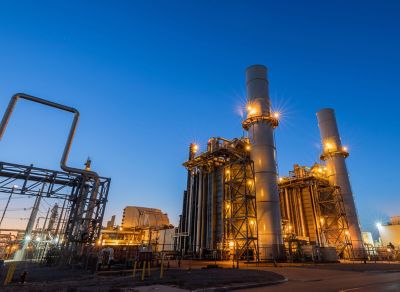- Our impact
- Environmental
- Molecular recycling
- Social responsibility
- Governance
- Sustainability reports
- Contact us
- Home ...
- Sustainability
- Environmental
- Climate
- Greenhouse gas emissions
Greenhouse gas emissions
We are committed to implementing innovative solutions to maximize our energy efficiency and reduce our greenhouse gas (GHG) emissions.
Eastman established dual-horizon greenhouse gas reduction goals:
- Reducing Scope 1 and 2 emissions by one-third by 2030 (working from a 2017 baseline)
- Achieving carbon neutrality by 2050
We received review-level assurance from PricewaterhouseCoopers LLP (PwC) in accordance with the attestation standards established by the American Institute of Certified Public Accountants (AICPA) over our Scope 1 and Scope 2 GHG emissions for the year that ended Dec. 31, 2023.
Along with 10,000 other U.S. facilities, Eastman submits an annual report of GHG emissions in compliance with U.S. EPA’s mandatory GHG reporting rule. In alignment with external frameworks such as the Task Force on Climate-related Financial Disclosures (TCFD), we consistently evaluate the opportunities and risks associated with a transition to a low-carbon economy.







